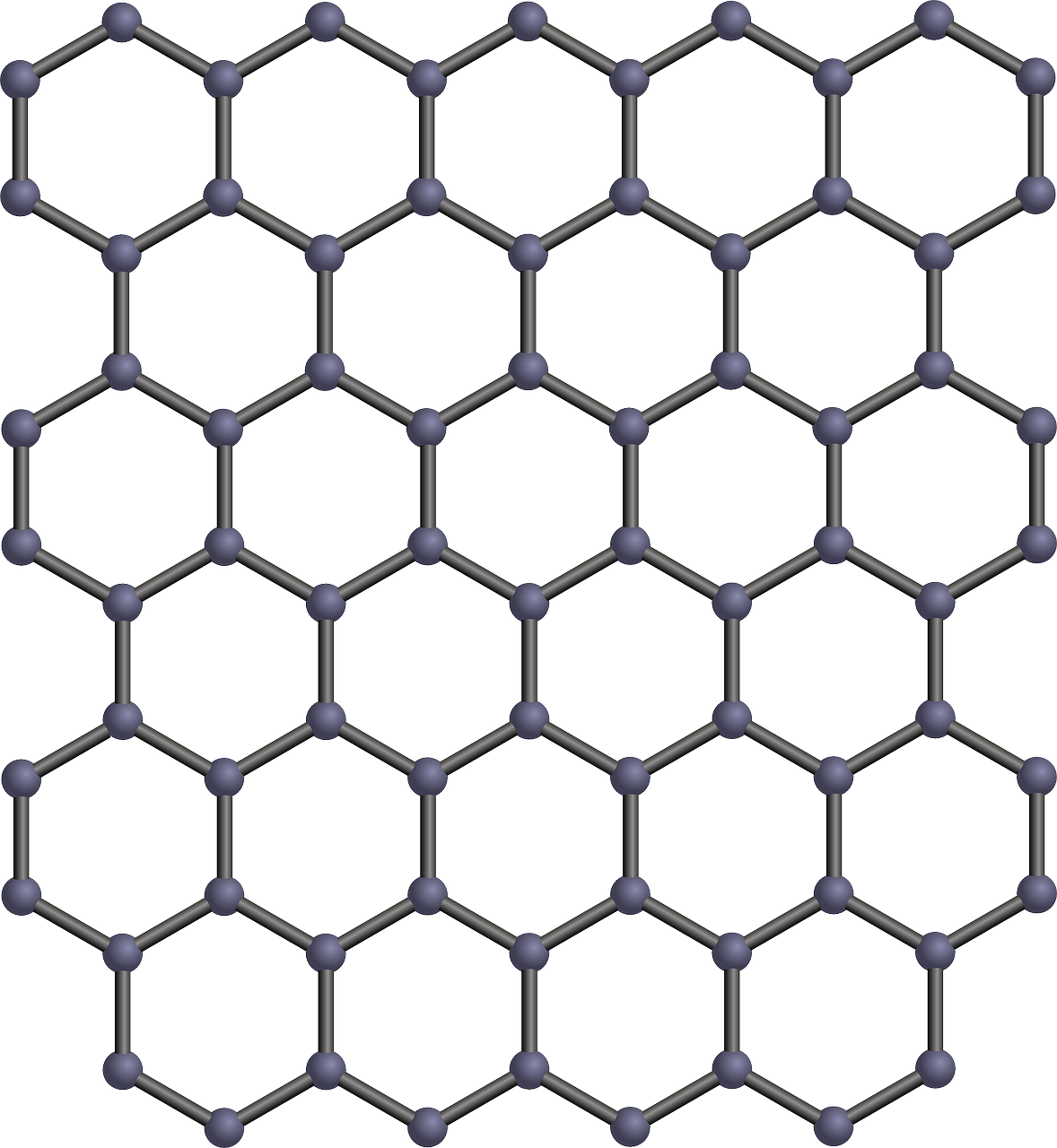Rice University has come up with a new technique in which they turn carbon powder into graphene with a flash of light in 10 milliseconds. The method turns carbon powder into a useful 2D material.
The most exciting thing about this discovery is, you can make graphene literally with anything. This means that if your trash has carbon in it, you can transform it into useful matter. Researchers are now using discarded food and plastic for this purpose.
If you do not know about graphene, it is a transparent sheet of carbon that is one carbon atom thick. However, it is a lot stronger than steel. Graphene is lighter than paper, and it is a good electricity and thermal conductor.
Right now, the most popular way to make graphene is by exfoliating. In this process, engineers slough layers of graphene from a block of graphite.
Chemical exfoliation is very expensive. For this reason, exfoliation from sound waves is the preferred method. Exfoliation is also done through fast fluid pries from platelets of graphene. It is usually a total of more than 20 layers. Scientists also produce graphene by transmitting vapors onto the graphite surface. However, it makes a very small amount of graphene.
A professor at Rice University, Houston, is introducing a new technique that he calls Flash Joule Heating. This technique was previously used to make nanoparticles of metals.
They do this by zapping carbon powder with high voltage current. It heats the carbon to more than 2,725degrees Celsius in less than 100 milliseconds. They do it by using the capacitor bank and produce supreme quality graphene with low defects.
Scientists prefer this method; it does not require any solvents, gas reactors, furnace, or purification process. It requires minimal heat, and it directs its energy to the target only. And the beam is so intense that it evaporates all the elements away but carbon.
Image by OpenClipart-Vectors from Pixabay






